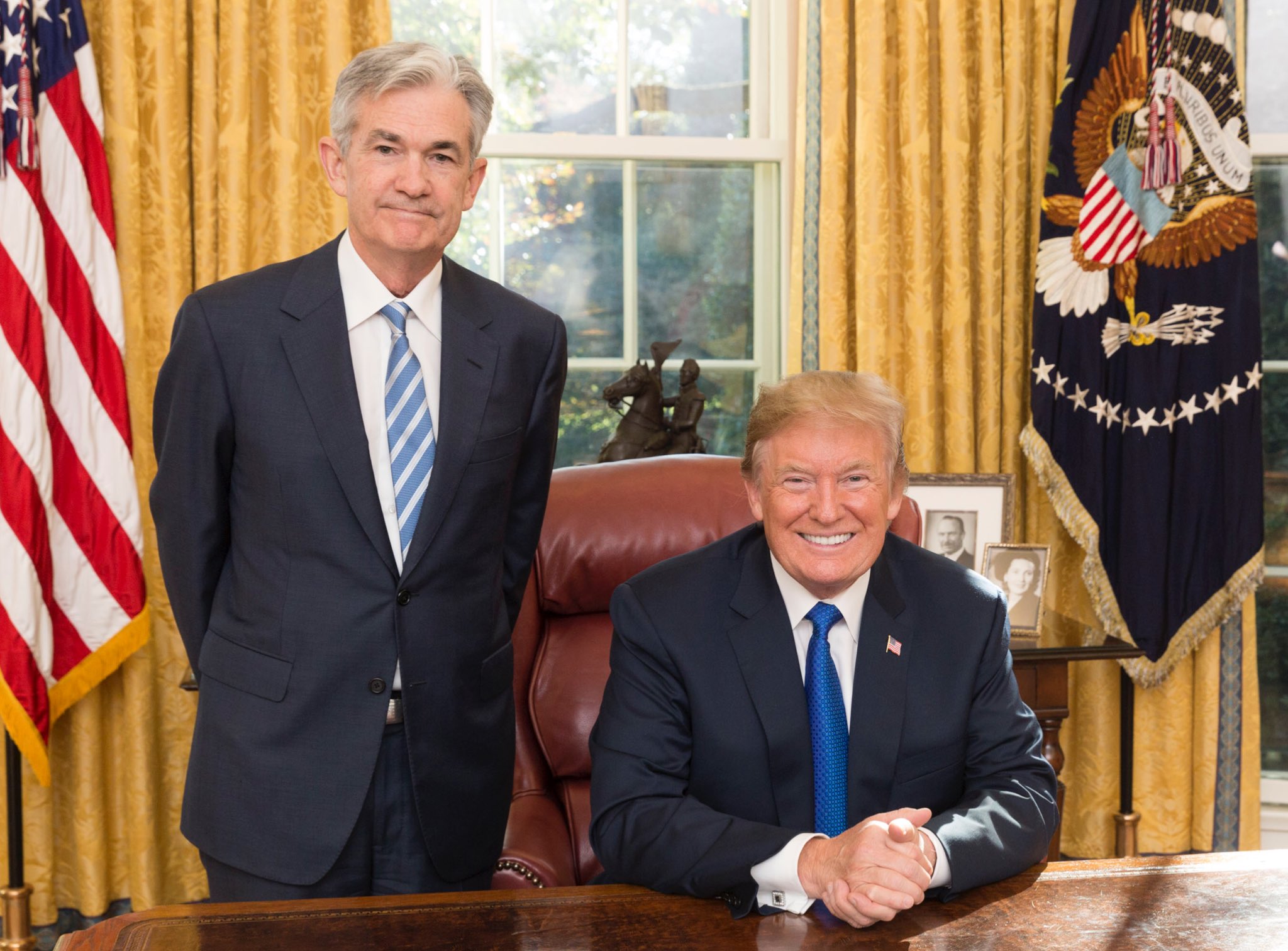In a landmark move in the media and entertainment industry, India's Reliance Industries and Walt Disney (DIS) have announced a merger of their TV and streaming media assets in India, creating an $8.5 billion behemoth. This merger positions the combined entity far ahead of rivals in one of the world's most populous nations. Under the terms of the deal, Reliance, steered by Asia's richest man Mukesh Ambani, will infuse $1.4 billion into the merged entity and hold a majority stake of over 63%, with Disney owning the remainder. This merger comes as Disney faces challenges in India, including a user exodus from its streaming business and financial strain from hefty cricket rights payments.
The combined Reliance-Disney entity will boast an impressive portfolio, including 120 TV channels, two streaming platforms, and key cricket broadcasting rights in a cricket-crazed nation. This merger significantly enhances Reliance's bargaining power in advertisement contracts and provides Disney with a much-needed financial cushion. The transaction values the venture at around $8.5 billion on a post-money basis, indicating a significant reduction in the valuation of Disney's India business compared to its $15 billion worth during the Fox deal in 2019.
Market Overview:
-Reliance and Disney combine Indian media assets: The merger creates an $8.5 billion entertainment powerhouse in India, with Reliance holding a majority stake.
-Benefits for Reliance: Expands reach, gains bargaining power in advertising, and strengthens sports presence.
-Challenges for Disney: Struggling with subscriber loss and financial strain in India, despite initial ambitions.
Key Points:
-Disney's struggles in India: Faced subscriber exodus from Hotstar after making it pay-to-watch cricket, a key local sport offered for free by rivals.
-Merger benefits for both: Reliance gains broader reach and content, while Disney benefits from financial support and a larger partner.
-Concerns remain: Disney's internal memo acknowledges past misjudgments in the Indian market, raising questions about long-term profitability.
Looking Ahead:
-The combined entity aims to become the leading force in India's media and entertainment sector.
-Disney's long-term prospects in India remain uncertain, despite the merger.
-The deal highlights the complexities for foreign players entering the Indian market.
Disney's strategic recalibration in India is reflective of broader challenges faced by foreign businesses in the country and the company's internal recognition of its misjudgment of the Indian market. The merger is also part of Disney's global efforts to streamline its operations under CEO Bob Iger's leadership, facing pressure to cut costs and create a profitable streaming business worldwide. This consolidation in India's media landscape comes at a time when Disney is up against activist investors like Nelson Peltz, advocating for cost reduction and profitability in streaming services.
The merger marks a significant shift in the media landscape in India, aligning Reliance's deep understanding of the Indian market with Disney's global entertainment prowess. This strategic move is expected to reshape the future of media consumption in India and internationally, offering a broad portfolio of services and entertainment to a vast audience.




